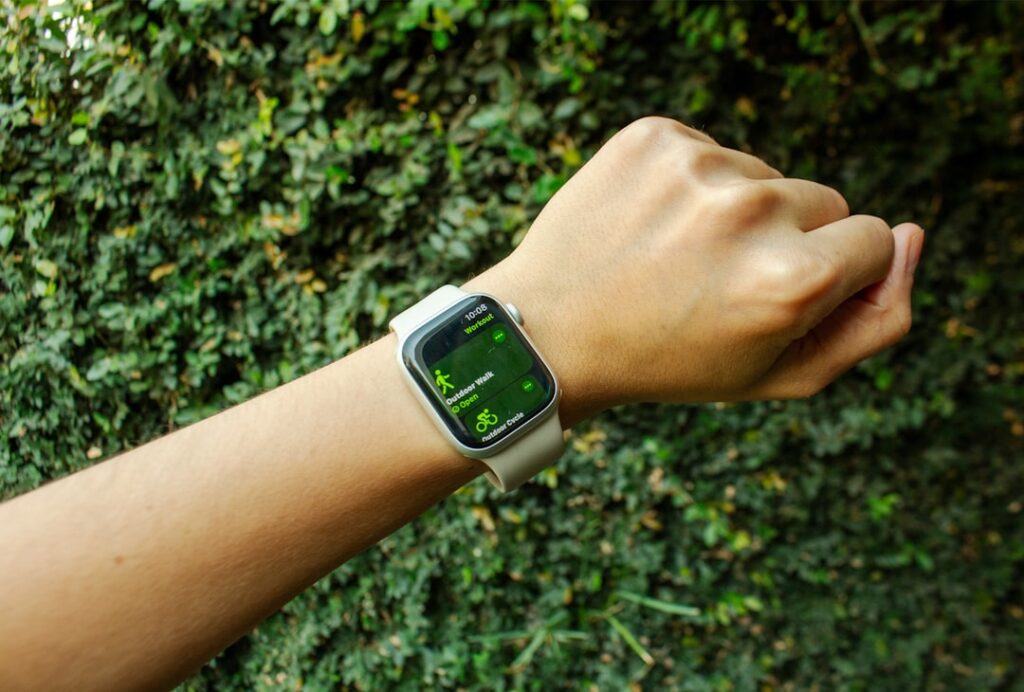Last July, I learned a hard lesson in complacency. A two-hour gardening session on a “pleasantly sunny” day resulted in a significant sunburn and a dehydration headache that sidelined me for the evening. My fatal flaw was relying on subjective feeling—”I feel fine,” “It’s not that hot”—instead of objective reality. As someone who values data, this oversight was frustrating. I decided this summer would be different. My goal was to conduct a personal case study, leveraging my smartwatch not as a passive step counter, but as an active, real-time dashboard for managing my physiological response to summer’s environmental stressors.
The Experimental Framework: From Passive Tracker to Active Monitor
My tool was my Garmin Fenix, but the principles apply to most modern smartwatches. The experiment ran for the entire month of July. I stopped relying on guesswork and instead focused on three core data streams to dictate my behavior regarding sun exposure and hydration. The hypothesis was simple: could data-driven protocols lead to a measurable improvement in well-being during peak summer?
Data Point 1: Taming the Sun with the UV Index
Previously, the UV Index widget on my watch was a novelty. For this experiment, it became a non-negotiable decision-making tool. I established a clear set of rules:
- UV Index 1-2: No immediate action required.
- UV Index 3-5: Sunscreen (SPF 30+) is mandatory if I’m outside for more than 30 minutes.
- UV Index 6+: Sunscreen is mandatory. I actively reschedule strenuous activities to avoid the 11 a.m. to 3 p.m. peak window and seek shade whenever possible.
The results were immediate and unambiguous. Throughout July, I experienced zero sunburns. More subtly, by analyzing my watch’s “Body Battery” feature, I observed that on days I spent significant time outdoors with a UV index above 6 (even in the shade and with sunscreen), my energy score depleted an average of 15% faster than on overcast days with similar physical exertion. The UV radiation itself was a physiological stressor, a fact the data made visible.
Data Point 2: Systematizing Hydration Beyond Thirst
“Drink when you’re thirsty” is notoriously poor advice for proactive hydration. To combat this, I used my watch’s hydration tracking feature, but with a crucial modification: I set a recurring, silent alarm to trigger every 60 minutes between 8 a.m. and 8 p.m. This alert was a simple prompt: drink a glass of water and log it.
The data revealed a startling deficit in my old habits. On an average active day (over 12,000 steps), my previous intuitive drinking style left me with a hydration deficit of approximately 30-40 ounces, according to the app’s recommendations based on my activity levels. The hourly prompt completely closed this gap. The qualitative data was just as compelling. On days I met my hydration target, I recorded fewer afternoon energy slumps and my reported sleep quality, tracked via the watch, improved by an average of 8 points (out of 100).
Data Point 3: The Early Warning System of Heart Rate and Stress
This was the most insightful part of the experiment. I started paying close attention to my heart rate during low-exertion activities outdoors, like walking the dog or doing yard work. The data was a clear indicator of heat stress long before I “felt” it.
On a 75°F day, my heart rate during a slow walk might average 95 bpm. On an 88°F day, the exact same activity would push my heart rate to 115-120 bpm. This 20+ bpm increase was my body working significantly harder just to stay cool. Seeing this data on my wrist became an objective, non-negotiable signal to take a break in the air conditioning. Furthermore, my watch’s all-day stress tracking showed a direct correlation. Periods spent in direct sun, even while sitting still, corresponded with noticeable spikes in my stress score, reflecting the autonomic nervous system’s fight to thermoregulate.
Analysis and Conclusion: A New Operating System for Summer
This month-long case study fundamentally changed my relationship with my wearable tech. It evolved from a fitness log into a personal environmental health monitor. By creating simple, data-driven rules, I outsourced my flawed intuition to the objective sensors on my wrist.
The key takeaway is not to become a slave to the data, but to use it as a tool for enhanced mindfulness. The numbers—UV index, ounces of water, heart rate variations—didn’t cause anxiety; they provided clarity. They allowed me to take precise, preventative actions, transforming my summer from a battle against the elements into a well-managed and far more enjoyable season.
Photo by Karla Arróniz on Unsplash

